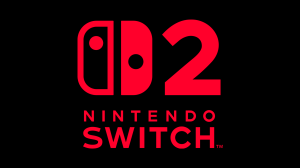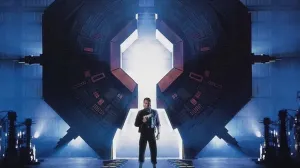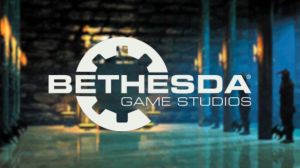After decades of waiting, the world finally got to see the long-awaited DC and Marvel comic book crossover in 1996, appropriately titled DC vs. Marvel, and it still stands as a comic book classic from both companies. As the world’s two biggest comic book publishers and both synonymous with the superhero genre, DC and Marvel comics have had a friendly rivalry that stretches back decades. It also isn’t uncommon for DC and Marvel to have equivalent characters existing in either universe, such as The Flash and Quicksilver, Darkseid and Thanos, and perhaps most overtly, Deathstroke and Deadpool. All of the above and the iconography of their respective stable of superheroes made an eventual DC-Marvel shared comic book story inevitable.
Videos by ComicBook.com
DC vs. Marvel was huge event in 1996, pitting heroes from each universe in one-on-one smackdowns after cosmic forces conspire to craft a literal war between the DC and Marvel universes. Even better, DC and Marvel also found a clever means of bringing their fans into the fun, and after nearly three decades, DC vs. Marvel is just as much of a blast as it was upon its 1996 publication.
DC vs. Marvel‘s Story Explained
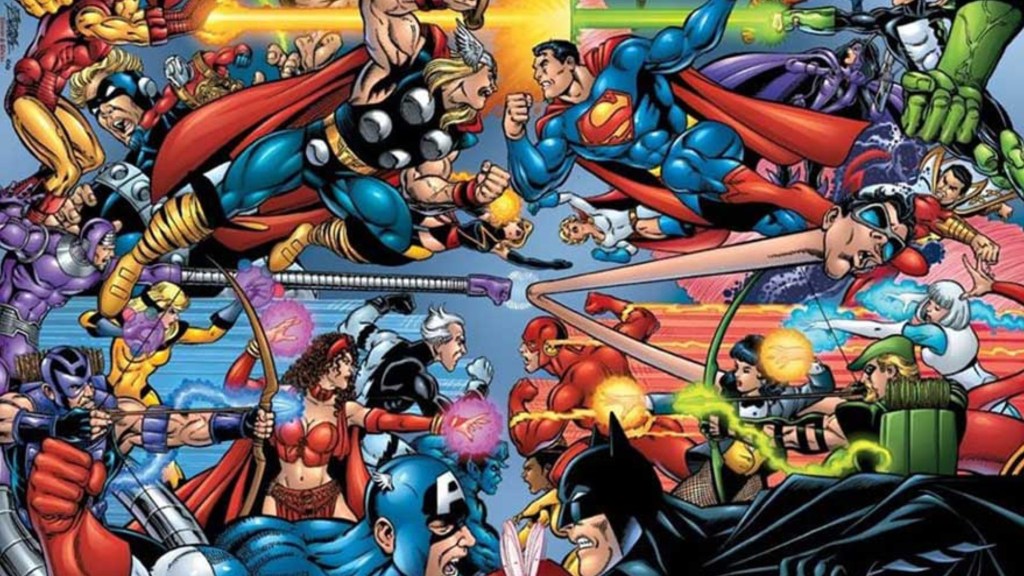
The DC vs. Marvel conflict arises when two cosmic being known as “the brothers” from either universe challenge each to a battle matching up each universe’s respective heroes against one another, with the loser’s universe to be wiped out of existence. This led to the battle royale between DC and Marvel superheroes that fans had yearned to see, and in the end, both universes were saved from being wiped out thanks to an unexpected wildcard named Access.
A being capable to jumping from both DC and Marvel’s respective universes, Access created a peace of sorts by infusing Batman and Captain America with a fragment of the other’s essence. This led to the creation of the Amalgam Universe, a new reality merging DC and Marvel with heroes combining traits of two different characters from either universe (Batman and Captain America becoming the Batman-Wolverine hybrid Dark Claw and Superman and Captain America merging into Super-Soldier, respectively). Eventually, Access separated Dark Claw and Super-Soldier into their original selves, with Access, Batman, and Captain America eventually managing to persuade the brothers out of the conflict.
RELATED: DC Almost Crossed Over With Star Wars: Here’s Why It Didn’t Happen
DC vs. Marvel Was the Ultimate Fanboy Comic Book Fight (& Brought Fans in On The Fun)
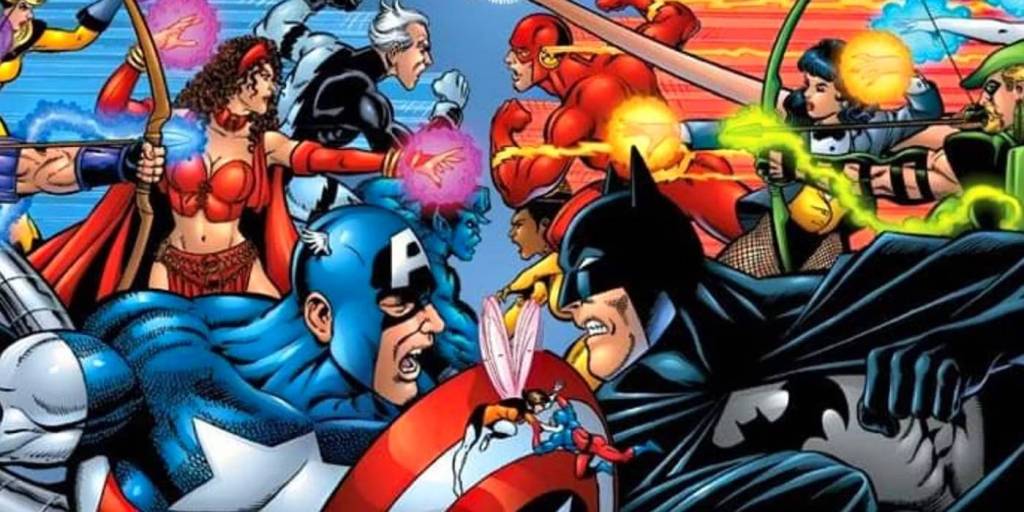
DC vs. Marvel is the kind of crossover that comic book readers had gotten a small taste in the Superman vs. The Amazing Spider-Man and Batman vs. The Incredible Hulk stories, but in a full-blown battle of two universes, it delivered on an epic scale. In total, 11 match-ups of corresponding DC and Marvel superheroes were featured in DC vs. Marvel, and while the majority were written by the team on the book, DC and Marvel Comics also had some fun getting the fans in on the action.
For DC vs. Marvel, the outcomes of five match-ups were determined by a fan vote – specifically, Superman vs. the Hulk, Batman vs. Captain America, Spider-Man vs. Superboy, Wonder Woman vs. Storm, and Wolverine vs. Lobo, with Superman, Batman, Spider-Man, Storm, and Wolverine winning their individual votes, and with it, their fights. Obviously, fans can debate which superhero could beat which for all eternity (I, for one, take great exception to Wonder Woman’s defeat by Storm), but DC and Marvel both knew what they had on their hands, and bringing the fans into the equation was a stroke of genius in marketing it as a long-awaited culmination of DC and Marvel’s friendly comic book rivalry.
Why DC vs. Marvel Is Still A Fun Read Nearly 30 Years Later

The marketing of DC vs. Marvel made fans feel like they were reading something of true history-making comic book impact, and it’s hard to deny that was the case. Even so many years removed from its original release, DC vs. Marvel reads like a pro-wrestling or MMA match hyped to the eleventh power. The back of the books even include stats on each hero’s identity, powers, and backstories, which added to the excitement of seeing them meet in a mega smackdown and still is infectiously fun to read today.
The artwork on each battle is also top notch, and DC vs. Marvel never goes out of its way to humiliate or belittle the defeated hero in any match (Silver Surfer, for example, bemoans his defeat of Kyle Rayner’s Green Lantern as the victory he regrets the most), treating it as a fun “for the fans” event, with even the brothers coming to view each other with respect by the end in a symbolic gesture of DC and Marvel becoming brothers in a meta sense. In the end, DC vs. Marvel understood the assignment of having fun throwing radically different superheroes from different universes into the mix and letting them slug it out before declaring peace between both realities. DC vs. Marvel was a true comic book event for both companies in the ’90s, and in the nearly 30 years since, it hasn’t lost any of its epic impact or sense of fanboy fun as an exhilarating comic book read for both DC and Marvel fans.



